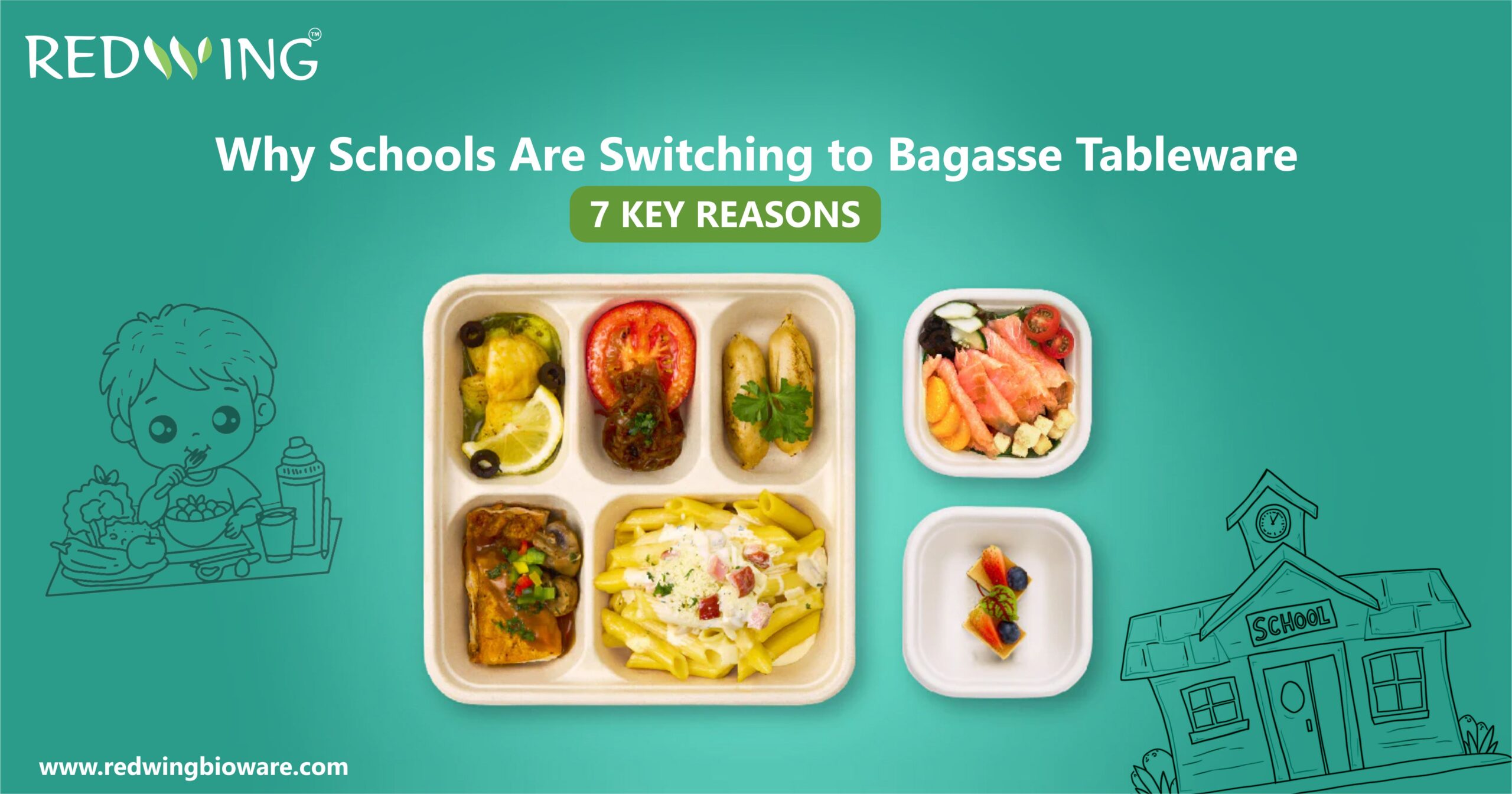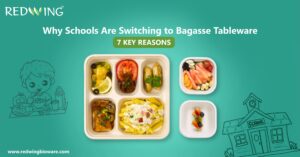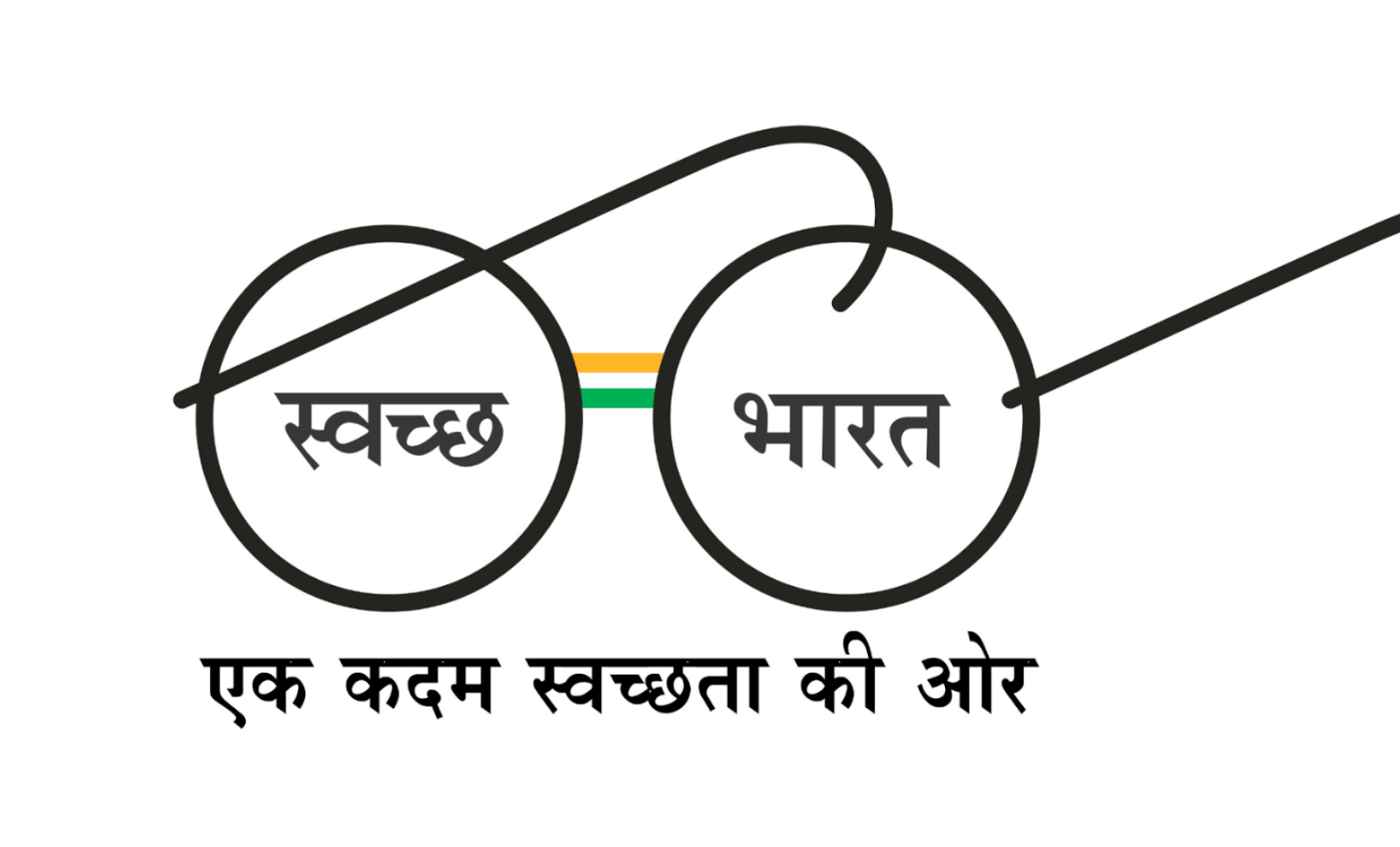Schools embrace sustainable practices in today’s environmentally conscious world to educate the next generation on responsible living. One significant shift occurs in school cafeterias, where plastic disposables are replaced with eco-friendly alternatives. Among these alternatives, bagasse tableware is emerging as a clear favorite. But what exactly makes bagasse products so attractive for schools? This guide explores seven compelling reasons why educational institutions are making this switch and practical tips for a smooth transition.
What is Bagasse Tableware?
Before delving into the reasons, let’s clarify what Bagasse is. Bagasse is the fibrous residue left after sugarcane stalks are crushed to extract juice. Traditionally considered agricultural waste, this material is transformed into versatile and sustainable tableware products such as bagasse plates, bowls, and food containers.
Sugarcane bagasse products are biodegradable, compostable, and strong enough to withstand daily use. This makes them an excellent alternative to plastic disposables, especially in schools where large quantities of single-use tableware are needed daily.
1. Environmental Responsibility: Reducing Plastic Waste
Plastic pollution is one of the most urgent environmental challenges worldwide. Every day, billions of plastic utensils, plates, and containers end up in landfills and oceans, harming wildlife and ecosystems. Schools, serving hundreds or thousands of meals daily, contribute significantly to this waste.
By switching to bagasse tableware, schools drastically reduce their plastic footprint. Unlike plastic, which can decompose for up to 400 years, Bagasse breaks down naturally within a few months under proper composting conditions. This rapid biodegradation helps schools lower landfill waste and minimize pollution.
Moreover, many schools participate in broader environmental initiatives such as Earth Day programs or green certification efforts. Using bagasse products aligns perfectly with these goals, reinforcing the school’s role as an environmental steward in the community.
2. Safe and Chemical-Free Option for Students
Health and safety are paramount in school cafeterias. Plastic tableware, particularly items made from polystyrene or containing BPA (Bisphenol A), can release harmful chemicals when exposed to heat or acidic foods. Such exposure raises concerns, especially for children whose developing bodies are more vulnerable.
In contrast, bagasse containers, bowls, and plates are made entirely from natural plant fibers. They are free from toxic chemicals and safe for hot or oily foods. Bagasse products can be safely microwaved or used to serve hot meals without risking chemical contamination.
This switch ensures students enjoy their meals in a healthier environment, giving parents and school administrators peace of mind.
3. Durability and Functionality in Daily School Use
A common misconception is that eco-friendly tableware is flimsy or impractical. However, bagasse bowls and plates are designed to be sturdy and reliable. Their dense fiber composition lets them hold liquids, oily dishes, and heavy portions without bending or leaking.
This durability is critical in busy school cafeterias where food needs to be served quickly and efficiently. From steaming soups to saucy pasta or crunchy salads, bagasse food containers perform admirably, often matching or surpassing the convenience of plastic counterparts.
Additionally, bagasse tableware is heat-resistant and can handle reheating, which is helpful for schools offering warmed meals or managing leftovers.
4. Educational Value and Environmental Awareness
Schools are not just places of academic learning but also hubs for shaping values and behaviors. Incorporating bagasse products into daily routines provides a practical lesson in sustainability. When students see their school adopting eco-friendly solutions, it reinforces the importance of responsible consumption.
Teachers can use this as a springboard for environmental science, waste management, and sustainable agriculture lessons. Many schools organize activities like composting workshops or recycling drives, which complement compostable tableware.
This hands-on learning helps students understand the consequences of plastic pollution and inspires lifelong eco-conscious habits.
5. Compliance with Government Regulations and Initiatives
Globally, governments are implementing stricter regulations to curb single-use plastic pollution. In India, for example, several states have enacted bans on plastic plates, cutlery, and packaging. Schools continue to rely on plastic risk non-compliance, potential fines, and reputational damage.
Switching to sugarcane bagasse products ensures schools stay ahead of regulatory curves. Beyond avoiding penalties, this move positions the school as a leader in environmental compliance and social responsibility.
Additionally, some government programs offer incentives, subsidies, or recognition to institutions that adopt sustainable practices, which can financially benefit schools making this change.
6. Cost-Effectiveness Over Time
At first glance, bagasse tableware may seem costlier than cheap plastic disposables. However, when factoring in waste disposal costs, potential regulatory fines, and the value of positive community relations, Bagasse becomes economically advantageous.
Many waste management services charge schools based on landfill volume or weight, so reducing non-biodegradable waste can lower these fees. Some municipalities also offer reduced rates for organic or compostable waste.
Furthermore, schools can often purchase bagasse containers and other products in bulk directly from trusted manufacturers like Redwing, who provide competitive pricing and reliable supply chains.
In the long term, investing in sustainable tableware supports the environment and the school’s budget and reputation.
7. Promotes a Zero-Waste and Composting Culture
One of the most significant benefits of bagasse products is that they are 100% compostable. When paired with a school composting program, used plates and bowls can return to the soil as nutrient-rich compost.
Schools with garden or agriculture programs can integrate composting into their curriculum and campus life. Students participate in collecting waste, learning how decomposition works, and using the resulting compost to grow vegetables or flowers.
This closed-loop system turns a simple meal into an engaging environmental project, empowering students to see the tangible benefits of sustainability.
How to Make the Transition Smoothly: A Quick Guide for Schools
Changing long-standing cafeteria practices requires thoughtful planning. Here are key steps schools can take to adopt bagasse tableware successfully:
- Conduct a Waste Audit: Assess current plastic usage to understand volumes and types of disposables used. This data helps in ordering the right amount of bagasse products.
- Start with a Pilot Program: Introduce bagasse tableware in one cafeteria or grade first. This allows staff and students to adapt gradually and provide feedback.
- Select a Trusted Supplier: Partnering with a reputable manufacturer like Redwing ensures high-quality sugarcane bagasse products that meet durability and safety standards.
- Train Staff and Educate Students: Hold informational sessions explaining bagasse products’ benefits and correct disposal methods.
- Implement Composting and Waste Segregation: Provide labeled bins and clear signage to encourage proper disposal and facilitate composting.
- Monitor and Evaluate: Track waste reduction, cost implications, and user satisfaction to fine-tune the process.
Shaping Future Leaders Through Everyday Choices
Schools play a vital role beyond academic knowledge—they cultivate responsible citizens. Choosing bagasse containers, plates, and sugarcane bagasse bowls for daily use demonstrates that sustainability is achievable and practical.
These decisions resonate beyond the cafeteria. They inspire students to think critically about consumption and their impact on the planet. Schools that adopt eco-friendly practices model the leadership and integrity the world needs.
Choose Redwing: Your Trusted Partner for Bagasse Tableware in India
Partnering with a reliable manufacturer is crucial if your school is ready to leap into sustainability. Redwing stands out as one of India’s leading producers of premium bagasse products, offering an extensive range of eco-friendly tableware explicitly designed for institutional needs.
Redwing ensures high quality, timely delivery, and excellent customer support, from sturdy bagasse plates and multi-compartment food containers to durable bagasse bowls. Their commitment to environmental sustainability and innovation makes them the perfect partner for schools embarking on this green journey.
Make a responsible choice for your students, school, and the planet today. Choose sustainability. Choose Redwing.
Reference:
Bagasse Application by Wikipedia[1].
Yes, Bagasse is entirely safe to eat. Bagasse tableware is made from natural sugarcane fibers without harmful chemicals or additives. It is free from BPA, toxins, and plasticizers commonly found in some plastic products. Bagasse plates, bowls, and containers can safely hold hot, cold, oily, and acidic foods without leaching substances, making them ideal for everyday dining, especially for children and sensitive groups.
Bagasse is generally better than plastic, especially regarding environmental impact and health safety. Unlike plastic, Bagasse is biodegradable and compostable, breaking down naturally within months without leaving harmful residues. It doesn’t release toxic chemicals when heated or in contact with food.
Yes, Bagasse can replace many single-use plastic products, especially disposable plates, bowls, cutlery, and food containers. It’s a practical substitute for many food service needs, including school cafeterias, events, and takeout services.
The main advantages of Bagasse are its eco-friendliness and safety. Bagasse is biodegradable, compostable, and made from renewable sugarcane waste, reducing environmental harm and landfill volume. It is sturdy and heat-resistant, making it practical for food service.
Yes, Bagasse is excellent for the environment. It uses agricultural waste that would otherwise be discarded or burned, reducing pollution. Unlike plastics that persist for centuries, Bagasse products decompose naturally within a few months. This helps reduce landfill overflow and ocean pollution. Composting bagasse also enriches soil and supports sustainable agriculture. Overall, Bagasse significantly lowers the carbon footprint compared to plastic and promotes a circular, zero-waste lifestyle.
Bagasse typically takes about 30 to 90 days to decompose under proper composting conditions. Because it’s made from natural sugarcane fibers, Bagasse breaks down much faster than plastic, which can take hundreds of years.





